
CHAPTER 15
Bundling of Annuities and Other
Insurance Products
15.1Introduction
It is well-known that monopolists who sell a number of products may
find it profitable to “bundle” the sale of some of these products, that is, to
sell “packages” of products with fixed quantity weights (see, for example,
Pindyck and Rubinfeld (2007) pp. 404–414). In contrast, in perfectly
competitive equilibria (with no increasing returns to scale or scope),
such bundling is not sustainable. The reason is that if some products are
bundled by one or more firms at prices that deviate from marginal costs,
other firms will find it profitable to offer the bundled products separately,
at prices equal to marginal costs, and consumers will choose to purchase
the unbundled products in proportions that suit their preferences. This
conclusion has to be modified under asymmetric information. We shall
demonstrate below that competitive pooling equilibria may include
bundled products. This is particularly relevant for the annuities market.
The reason for this outcome is that bundling may reduce the extent
of adverse selection and, consequently, tends to reduce prices. In the
terminology of the previous chapter, consider two products, X1and X2,
whose unit costs when sold to a type αindividual are c1(α) and c2(α),
respectively. Suppose that c1(α) increases while c2(α) decreases in α.
Examples of particular interest are annuities, life insurance, and health
insurance. The cost of an annuity rises with longevity. The cost of
life insurance, on the other hand, typically depends negatively (under
positive discounting) on longevity. Similarly, the costs of medical care
are negatively correlated with health and longevity. Therefore, selling a
package composed of annuities with life insurance or with health insu-
rance policies tends to mitigate the effects of adverse selection because,
when bundled, the negative correlation between the costs of these
products reduces the overall variation of the costs of the bundle with
individual attributes (health and longevity) compared to the variation of
each product separately. This in turn is reflected in lower equilibrium
prices.
Based on the histories of a sample of people who died in 1986,
Murtaugh, Spillman, and Warshawsky (2001), simulated the costs of





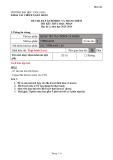
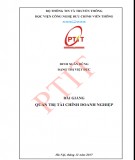
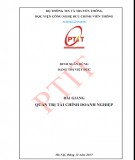
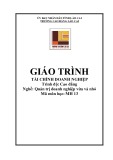
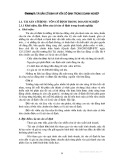
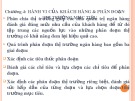
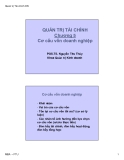
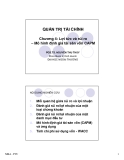















![Bài giảng Kế toán ngân hàng thương mại Đại học Thương mại [chuẩn nhất]](https://cdn.tailieu.vn/images/document/thumbnail/2025/20250806/kimphuong1001/135x160/60021754451420.jpg)
![Bài giảng Quản trị rủi ro tài chính Học viện Ngân hàng [mới nhất]](https://cdn.tailieu.vn/images/document/thumbnail/2025/20250806/kimphuong1001/135x160/6181754451421.jpg)
